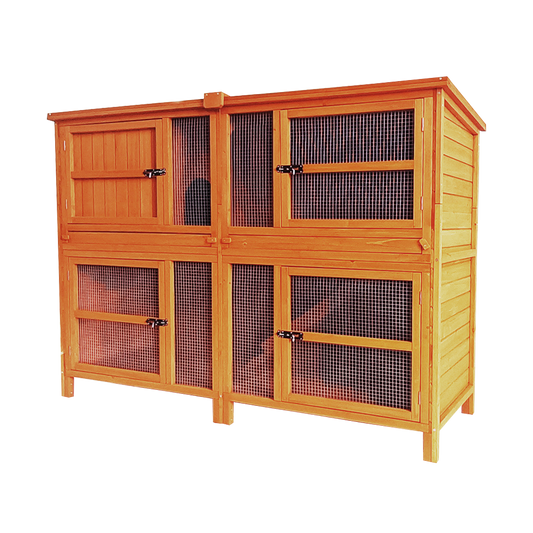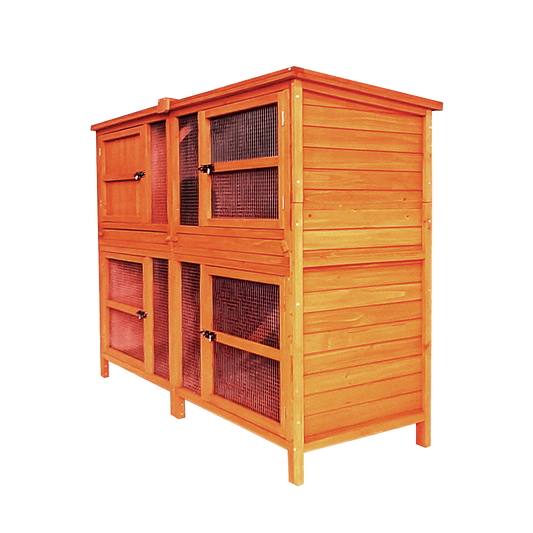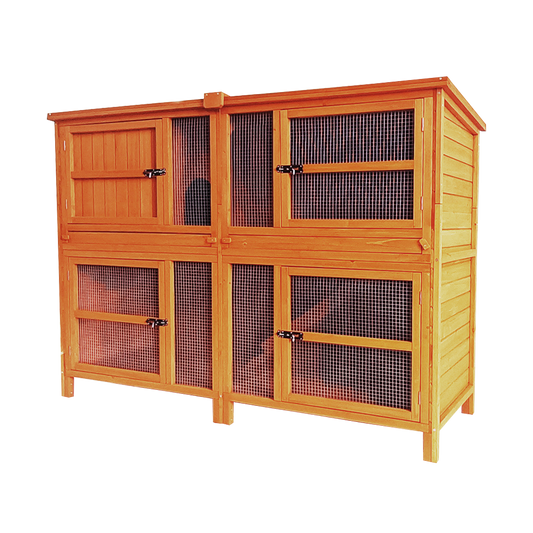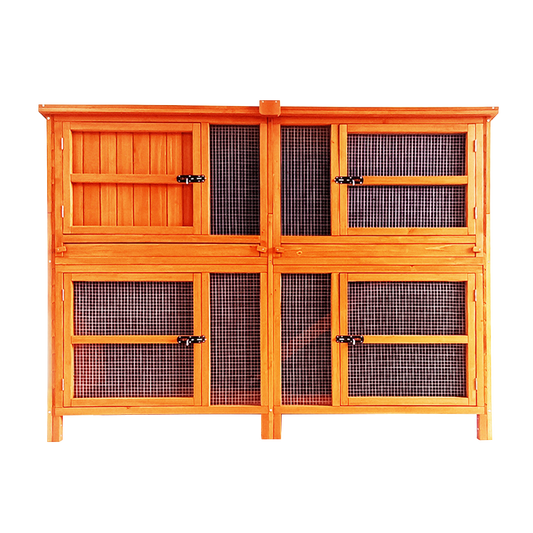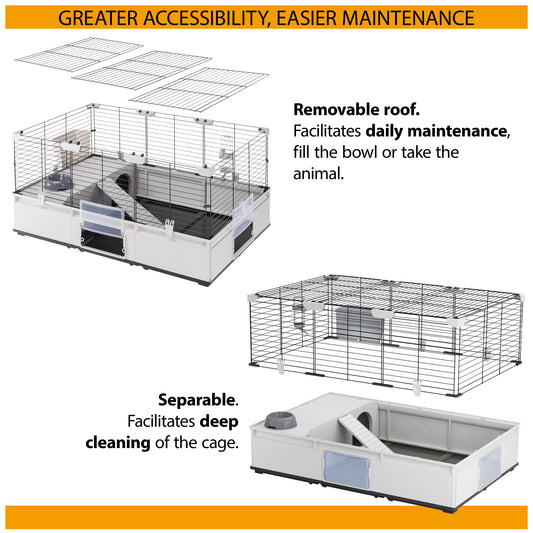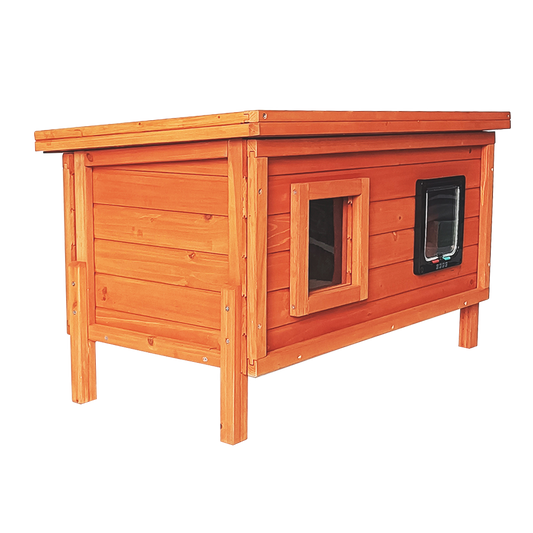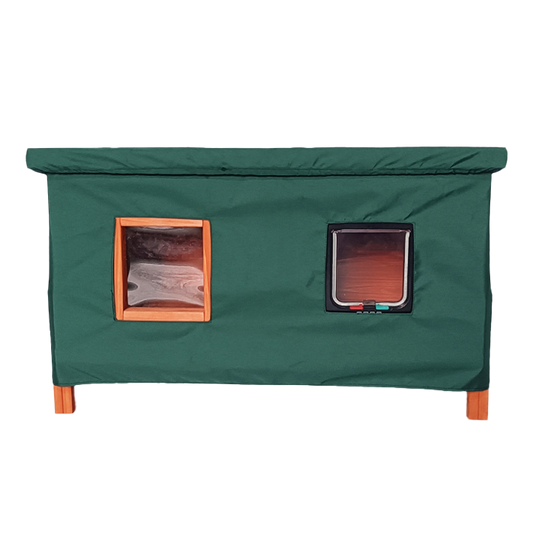Why do cats have vertical pupils?
Cats share their distinctive vertical, slit-like pupils with some other animals such as snakes, foxes, and crocodiles. The animal kingdom contains many different species with a wide variety of pupil shapes and scientists have discovered why. They have concluded that the shape of an animal’s pupils actually relates to how they live.
Pupils are the portals that control the amount of light entering the eye. They do this by dilating and contracting, allowing more or less light to enter, depending on what is required. A vertical pupil has more room to expand, so it is more flexible than a circular pupil. The maximum area a vertical pupil can dilate to is 135 times greater than its minimum area. In comparison, a human’s circular pupil can only dilate to 15 times greater than its minimum area.
Circular pupils, like ours, are found in large predators such as dogs, bears and lions who actively hunt during the day. A circular pupil has the benefit of giving an even focus across a field of vision but does not work so well in the dark.
A study carried out in 2015 by the University of California, Berkeley – and published in the journal Science Advances – found that vertical pupils were most commonly seen in predators that hunt during both day and night, particularly ambush predators like cats.
Domestic cats have retained the hunting instinct of their wild ancestors despite no longer needing to hunt for survival. All cats have this hunting instinct – even if they only use it on toys!
Cats hunt by crouching and stalking their prey before pouncing on it, and vertical pupils help with this. To pounce accurately, it is important that ambush hunters are able to gauge the distance between them and their prey. The narrow opening of the pupil allows greater focus directly in front of them, so that the hunter can better judge how far they need to jump in order to land on their quarry.
Another interesting aspect of cats’ eyes is the way they act as reflectors – which is what inspired the invention of the cat’s eye road safety device. Cats’ eyes do this due to a special membrane located behind the retina, which reflects light and improves night vision.
The pupils of grazing animals (such as goats, sheep and deer), on the other hand, serve an entirely different purpose. Rather than assisting with hunting, they help the animal to evade capture. Their horizontal pupils sacrifice sharpness of image in favour of a wider peripheral vision.
Animals’ eyes are well adapted to their environment and the way they live. Though when it comes to hunting, all eyes are on cats!
Shop All Cat
If you found this article interesting, you may like:
How To Be a Responsible Cat Owner
Keep Your Cat Calm and Carry On!


